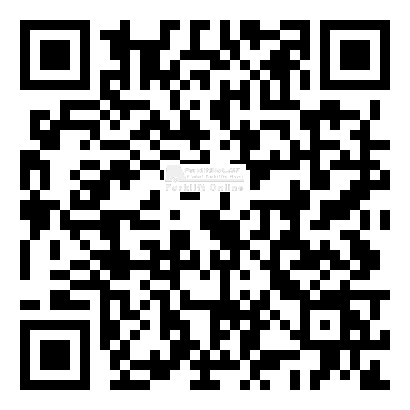Geoff Martin from CFTS explains why some inspections are not the same as a CFTS Thorough Examination, and how to tell them apart...
![]()
Geoff Martin from CFTS explains why some inspections are not the same as a CFTS Thorough Examination, and how to tell them apart.
Under HSE guidelines employers are required to ensure that materials handling equipment can be used safely and without risk of injury. That means having both the lifting and driving mechanisms inspected at least once a year and sometimes more frequently in accordance with the requirements of both LOLER and PUWER. But, as Geoff Martin, Chairman of Thorough Examination accrediting body CFTS explains, a simple LOLER inspection covering only the lifting components is actually doing just half a job.
We all want our car to sail through its MOT, but it’s probably your one chance every year to confirm that all the key components are working properly, keeping you and your family safe. So it needs to be done properly.
Apply that to workplace transport, and the stakes are infinitely higher. Forklifts are far more complex and dangerous than cars… which is why it’s so important that your mandatory Thorough Examinations are, well, genuinely thorough.
![]()
So what should you be looking out for in a Thorough Examination that fully complies with HSE guidelines?
1.Scope
Confirm that the you will receive a Thorough Examination (rather than merely a LOLER and that the examiner will check not only the lifting mechanisms but also the brakes and steering (LOLER and PUWER).
2.Accuracy
Check that your examiner uses a chain gauge (rather than a steel ruler or tape measure). Not only is a gauge accurate and replicable, but it also displays the percentage of wear – allowing you to see for yourself whether chains need replacing.
3.Protocols
Is your examiner working to nationally agreed protocols and checklists? CFTS accredited examiners inspect 33 different parts and systems (your MOT covers just 20) as well as a further 34 checks specifically for any attachments.
4.Competence
Check whether the examination is being conducted by a ‘generalist’ examiner or a specialist forklift engineer. When were they last accredited? When did they last receive refresher training etc?
5.Tools
Does your examiner carry the equipment necessary to carry out the inspection thoroughly? This might include an A-frame ladder to inspect chain-wear at the top of the mast (where it passes over the rollers and where wear is greatest), along with a trolley-jack for raising the truck to inspect brakes and steering components.
6.Duration
Time how long your thorough examination takes. A typical small forklift should take more than 45 minutes, but larger and more complex equipment may take far longer. Any less and your Thorough Examination simply isn’t thorough.
7.Continuity
Having completed your Thorough Examination, can your examiner remedy any faults (to get you back to work) or will you be left with a truck that’s out of commission… and the task of getting someone in to fix it.
8.Relevance
Is the examiner a forklift engineer someone competent to apply real-world judgements based on actual truck usage rather than theoretical projections?
9.Confidence
Would you feel confident — if inspected by HSE — that you had done everything possible to ensure your materials handling equipment is in the best possible condition?
10.Quality
Does the provider follow a Quality Assured Procedural Code? CFTS-accredited examiners are held to account in line with stringent standards.
11.Timing
Is your equipment being examined on the correct schedule? According to the type of truck and the application it could need testing once or twice a year, or even more frequently.
12.Documentation
Do you receive the appropriate documentation to certify, beyond doubt, that everything has been carried out by an accredited examiner? You should receive:
A Report of Thorough Examination
An itemised checklist showing what has been inspected and comments made
A certificate of compliance to keep with the truck’s documents
A sticker placed prominently on the truck showing the day, month and year that the next Thorough Examination is due
A sticker to show when repairs must be completed by
As a manager, you are personally responsible in law for the safety of equipment and the workers using it. It is in your interests to ensure equipment is properly, thoroughlychecked. That’s why it’s so important that whoever you employ to carry out your Thorough Examinations (NB it doesn’t have to be an insurance examiner) is trained to identify any defects which could compromise the safe use of a truck and specify the timescales within which these faults need to be rectified.Better still, in order to ensure continuity of operations they should be competent and equipped to deliver a same-day fix.
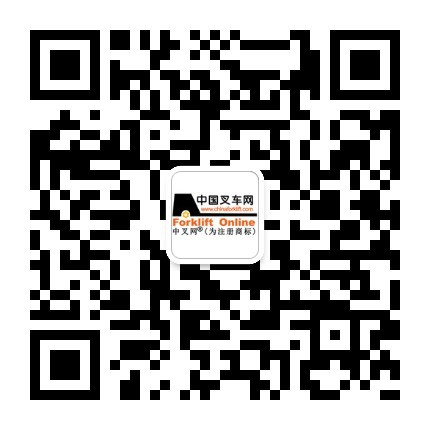




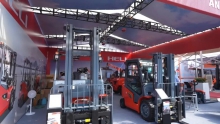
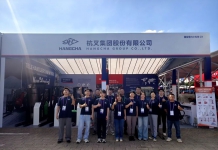


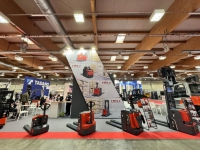
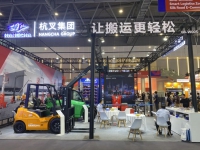

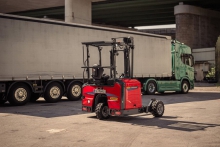

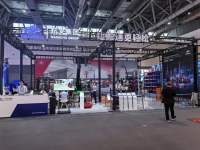


 粤公网安备 44010602003952号
粤公网安备 44010602003952号